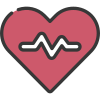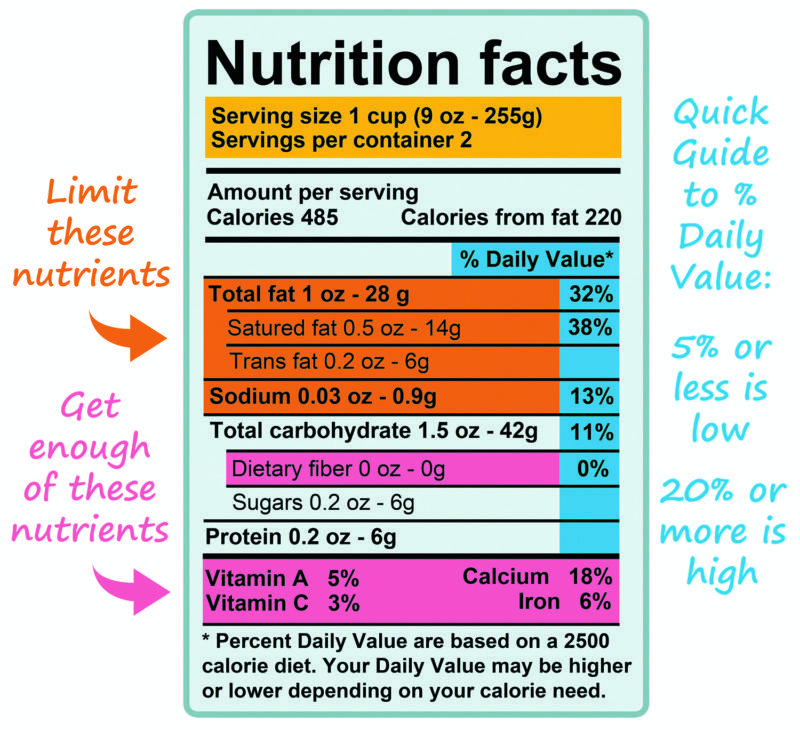As technology continues to advance, so does our ability to gather information about the products we consume. One important tool for maintaining a healthy diet is the nutrition label. By understanding how to read these labels, you can make informed choices that will benefit your overall health.
Why Nutrition Labels Are Important
Nutrition labels provide valuable information about the content of a product, including serving size, calories, macronutrients (such as fat, protein, and carbohydrates), and micronutrients (such as vitamins and minerals). By paying attention to these details, you can ensure that you are getting the nutrients your body needs while avoiding harmful additives or excessive amounts of unhealthy ingredients.
Key Components of a Nutrition Label
It’s important to familiarize yourself with the key components of a nutrition label in order to make informed decisions about your food choices. Here are some important things to look for:
Serving Size
The serving size is the amount of food that the nutrition information on the label is based on. Be sure to check the serving size and compare it to the amount you actually consume to avoid overeating.
Calories
Calories are a measure of the energy provided by a particular food. Pay attention to the number of calories per serving to help you manage your weight and overall energy intake.
Macronutrients
Macronutrients are the three main components of food: fat, protein, and carbohydrates. It’s important to balance these nutrients in your diet to support overall health and well-being.
Micronutrients
Micronutrients include vitamins and minerals that are essential for various bodily functions. Look for products that are rich in these nutrients to support your overall health.
Ingredients List
The ingredients list provides valuable information about the contents of a product. Be wary of products that contain long lists of artificial additives or preservatives, as these can have negative effects on your health.
Tips for Reading Nutrition Labels
Here are some tips to help you make the most of nutrition labels:
Focus on Whole Foods
Choose products that have short ingredients lists and are made from whole, natural foods whenever possible. These products tend to be higher in nutrients and lower in harmful additives.
Avoid High-Sugar Products
Products that are high in added sugars can contribute to weight gain and other health issues. Look for products that are low in sugar or sweetened with natural alternatives like honey or maple syrup.
Look for Healthy Fats
Not all fats are created equal. Look for products that are high in healthy fats, such as those found in nuts, seeds, and avocados, while avoiding products that are high in trans fats or saturated fats.
Consider Your Dietary Needs
If you have specific dietary needs, such as a gluten intolerance or dairy allergy, be sure to check the ingredients list for potential allergens and avoid products that may trigger a negative reaction.
Conclusion
Reading nutrition labels is an essential skill for maintaining a healthy diet and overall well-being. By paying attention to serving sizes, calories, macronutrients, and ingredients lists, you can make informed choices that support your health goals. Remember to focus on whole foods, avoid high-sugar products, look for healthy fats, and consider your dietary needs when reading nutrition labels. Your body will thank you for making smart choices!

